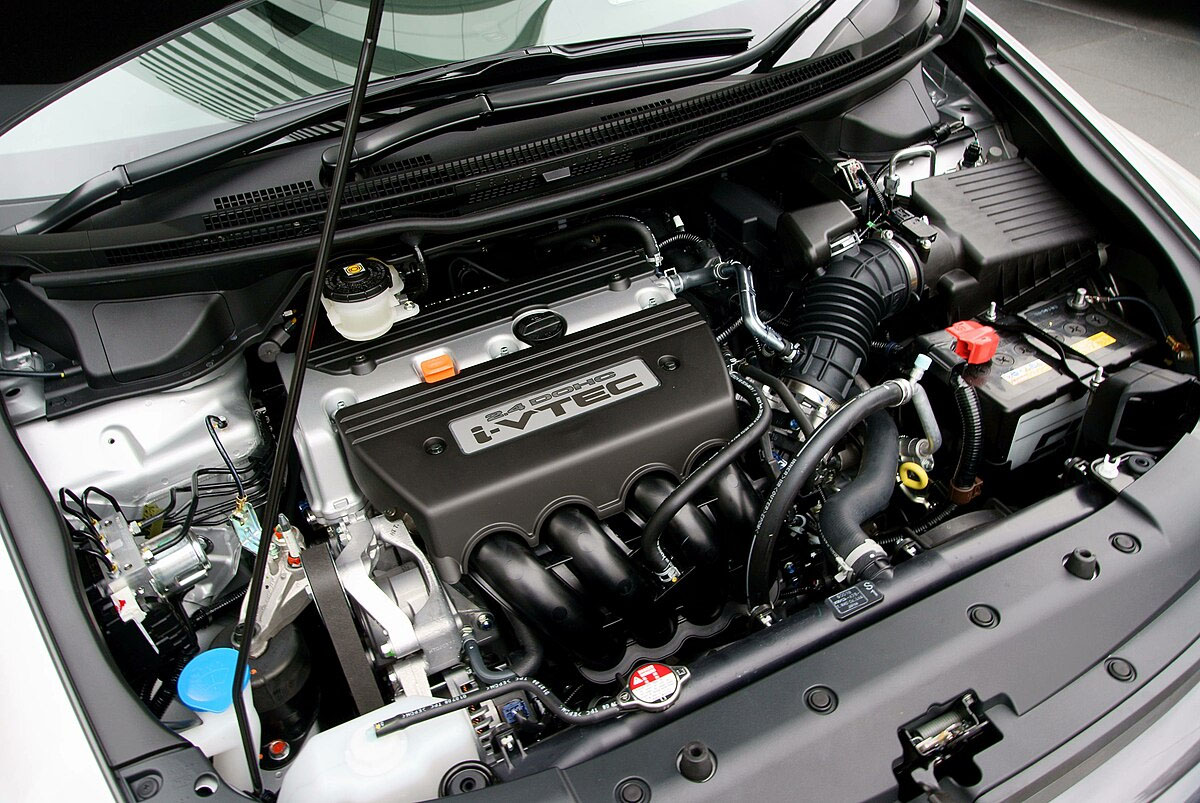
Photo Credit: Getty Images
In the late 1980s, Honda had a dilemma on its hands. More stringent emissions regulations were throttling the life out of engine power. Power had to be subservient to efficiency, and automobile enthusiasts weren’t happy. Honda needed a revolution—something drastic to reconcile speed with sustainability. Along came Kenichi Nagahiro, a revolutionary engineer whose answer was as beautiful as it was powerful: Variable Valve Timing and Lift Electronic Control, or VTEC.
His concept was sheer genius. Below low RPMs, the engine draws off a cam profile that has been set for efficiency. When revs get higher, though, a second, more aggressive cam lobe takes over. The result? Fuel economy during cruising and power when you want it—instantly. It’s almost like having the ability to give the engine two personalities in one block.
It debuted in 1989 on the Honda Integra XSi, pulling an astonishing 160 horsepower from a 1.6-liter engine—a miracle for its time. But VTEC truly etched itself into automotive legend with the Honda NSX, a supercar that outclassed Ferraris with its surgical precision, high-rev reliability, and a screaming VTEC crescendo at 8,000 RPM.
Next came the B16 and B18 series: such compact, naturally aspirated engines that redline at an unearthly 8,200 RPM, making what most Hondas are to most drivers-Japanese transports into track-day monsters. And the event went sort of viral-like, with online memes, street cred, and a sort of cult following: “VTEC kicked in, yo!” became a rallying cry for enthusiasts around the globe.
Even today, VTEC remains iconic. No turbos. No superchargers. Just pure, mechanical wizardry. Honda engineers even stress-tested engines at over 10,000 RPM. Track-proven, bulletproof. Other automakers—Toyota, BMW, even Ferrari—rushed to copy the concept. But none captured the sheer drama and reliability of Honda’s system.
VTEC wasn’t just a technology. It was a philosophy—a metaphor for Honda’s fixation on precision, inventiveness, and high-revving exhilaration. It didn’t revolutionize engines. It revolutionized driving, forever.
Now, VTEC has gone digital. Tuners can interface a laptop to the engine’s ECU with programs such as Hondata or KTuner. The car is a programmable machine through the OBD2 port or a tuning interface. Here is where VTEC excels-the crossover point is variable, ignition timing can be optimized, and even rev limits expanded. Owners can upload customized fuel maps, log live performance data, and tailor every aspect on how their engine performs. The mechanical ingenuity of VTEC now harmonizes with contemporary tuning tools, combining analog genius and digital control.
From a late-‘80s emission crisis to today’s modern era of laptop-controlled precision, VTEC serves as a beacon of what happens when bold ideas meet passionate engineering. It’s not just a system; it’s a legacy.
















